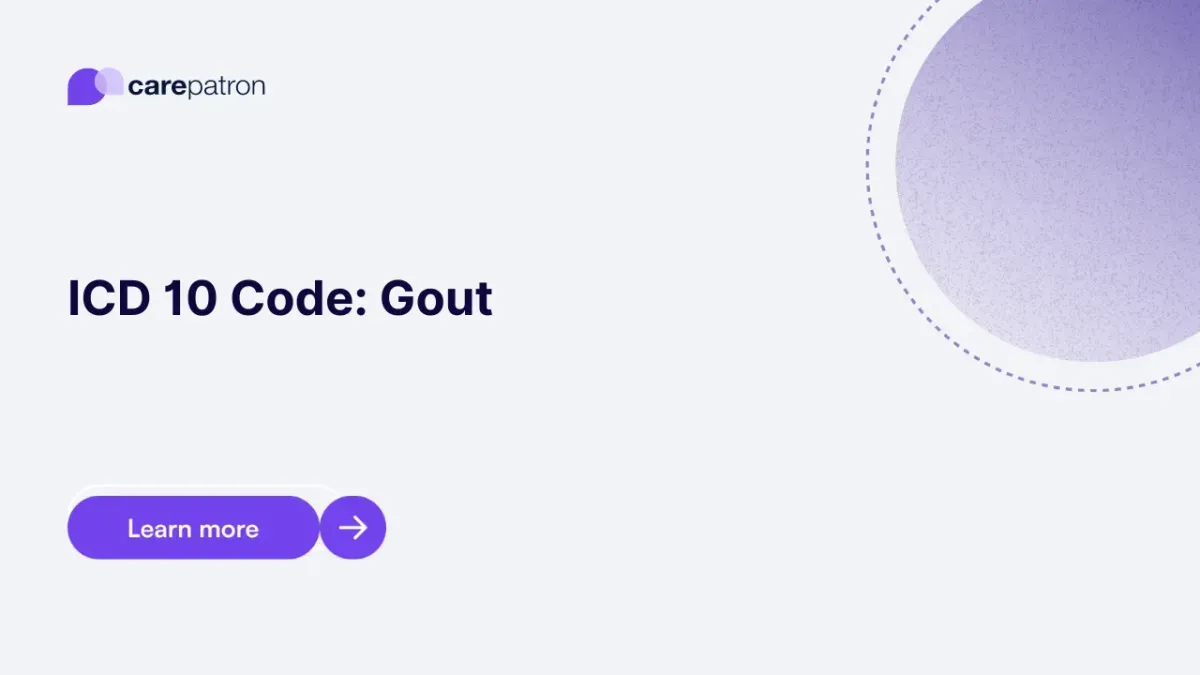
Commonly asked questions
Healthcare professionals will interview patients about their medical history, especially their families’ medical history, to check if genetics play a part in their condition. They will also conduct a physical examination and likely joint aspiration to check if the affected joint has uric acid crystals.
Healthcare professionals will administer and prescribe pain-relieving medication and uric acid level-lowering medication.
No. Gout can’t be cured. It’s also chronic, so once a person gets gout, they can expect it to recur. They can prevent it or at least lessen the severity by making significant lifestyle changes like maintaining a balanced and healthy diet, maintaining a healthy weight, and avoiding alcohol consumption.
EHR and practice management software
Get started for free
*No credit card required
Free
$0/usd
Unlimited clients
Telehealth
1GB of storage
Client portal text
Automated billing and online payments
